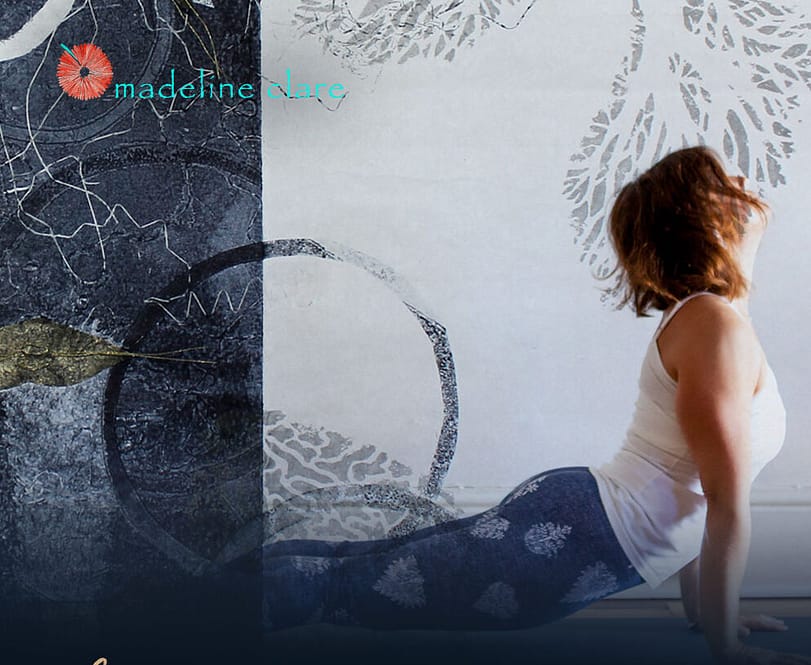Art Practice
Art is a way to remind us of humanity and shared values, while the visual culture is busy emphasising the value of logic over lateral thinking. Yet, visual perception alone is unreliable, because opinions and understandings of things are framed through what we have been conditioned to see. In painting, I like to challenge the viewer’s perception in order to discover a common humanity, an awareness of ourselves that goes beyond thought.
I paint still lives and abstract landscapes. In both, I work first with blocks of colour and then apply thin layers of oil paint, sanding and working back into each piece to create a vibrant luminosity. I have a few paintings underway at any given time establishing a creative rhythm across all simultaneously, with many layers accumulating in the process of one painting. Some may have three, others thirty. A painting is complete when I have reached a nerve in the layering and then it is like a quiet understanding appears.
In still life, I learn to observe more keenly, the positioning of objects in paths of light and their spatial relationships. In trying to create an understanding of order, I attempt simple expressions of beauty with no purpose other than letting objects be. A kind of an appealing honesty.
In landscape, I paint as if I am moving through a walkscape that I have previously walked. The abstraction invites the intangible, noetic qualities freeing the analytical brain and leaving space in the painting for the artist and the viewer to imagine. If I try to place too many words or meaning into the paintings, something disappears. Sometimes it is as if I am opening a door to an otherness or otherworldliness, a more gentle place to be…. a sort of quiet protest against the harshness of the world.
I am constantly inspired by hiking long distance, from travelling, but I also respond to everyday interactions which resource my imagination for paintings and writings to emerge.
A love of textiles, their patterns and history gave a BA Hons in Design History, which lead to a millinery business in the 1990s with skills acquired through the London College of Fashion. Three decades later, I picked up fabric patterning in printmaking, involving rhythm and repetition, which is instrumental in the collection, Secret Geographies. Here, I used layered print-making techniques – screenprint, monoprint, digital and etching – to deliver a sensitive visual of fragility.
An eye for design, ever present, I used photography and her ‘instances’ together with a solvent transfer printmaking technique in Wandering Uterus, and printmaking on textiles and archival paper for the signature sheep in Sheepify. In Once Upon a Time in Iceland, I built layered abstractions from watercolour, ink and pen and oils on Japanese tissue paper to bring a vulnerability to the work in relationship to climate instability.


